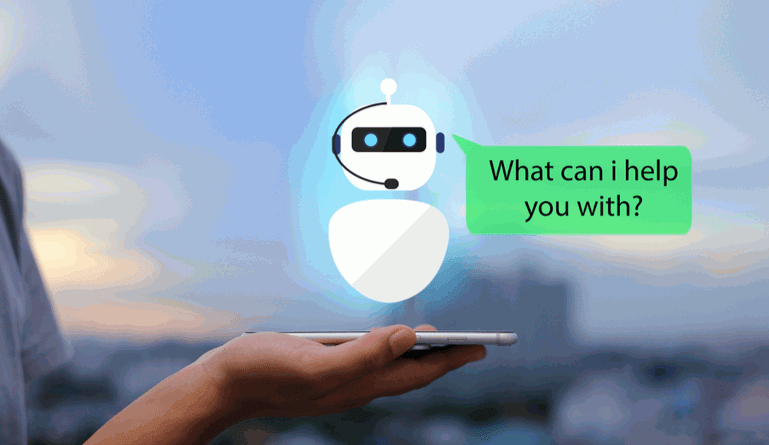Chatbots improve communications by providing real-time answers to users’ questions. When chatbots do this well, the conversation appears to be very human-like. The very best systems are nearly indistinguishable from having live human operators.
These chatbots work with text-based questions and voice recognition. The newest innovative chatbots work with visual images, which shows the exciting beginnings of a whole new communication methodology, which is at a level of increased artificial intelligence (AI) software complexity.
Interactive Chatbot for Text-Based Responses
Getting started with chatbots does not require learning any software programming. BotStar designed an easy-to-use chatbot platform that works on websites and with Facebook Messenger. Chatbots on Facebook are already popular. The BotStar creation tool is so easy to use that anyone can make a simple chatbot.
More advanced systems for text-based chatbots can be discovered in the guide called How to Build a Chatbot from Scratch.
Voice Chatbot
AI voice-recognition software is used for a voice chatbot. It interprets what is said by a user in their natural voice and then, after finding the appropriate response from the database, answers the question using either a pre-recorded message or text-to-voice conversion software.
Smartly AI is an example of an intelligent voice chat platform that works with websites, Alexa, Facebook Messenger, Google Assistant, and many other systems.
Visual Chatbot
A visual chatbot is something new from software developers working with artificial intelligence. The early iterations are fun to play with; however, the accuracy still is very low.
There is an online Visual Chatbot from Visualdialog.org that anyone can try, which was released in 2017. It works by dragging and dropping an image to upload it and then the visual chatbot will guess what the image is and respond to questions about it. Don’t be surprised if the answers are very wrong.
Rudimentary approaches typically are not accurate. The open-source code for this visual chatbot is available on Github for programmers to use and extend. Over time, advancements in AI programming that is calibrated for the interpretation of images will likely improve the results.
The same general kind of AI programming is used by Google Reverse Image Search to conduct a search based on the upload of a visual image.
Purpose of Chatbot
The idea behind a visual chatbot is to have AI bots that can have a human-like conversation about visual content. The level of complexity with this approach is significant because the AI bots must interpret the visual content correctly to be able to answer questions about the image. An obviously wrong answer makes the AI visual chatbot seem foolish.
Most Intelligent Chatbot
The most intelligent chatbot has not been deployed yet. It will work with text, voice recognition, and visual content. Currently, there is no publicly released chatbot that integrates all those functions in one system. The three fundamental parts exist; however, there is a need for a comprehensive system. Certainly, many AI chatbot developers are vigorously working on this type of project.
As far as text-based chatbots go, the most intelligent one is Mistuku. Mitsuku won the Loebner Prize Turing Test four times, most recently in 2018. The Turing test is an evaluation of the quality of the human-like responses when conversing with a chatbot system.
Conclusion
All chatbots use machine learning to improve over time. For visual chatbots to improve accuracy, they need to be trained on billions of images. Visual Chatbot from VisualDialog trained on a huge dataset of categorized images called COCO, which continues to evolve.
Opportunities exist in many niche market sectors where visual chatbots can be deployed. Programmers are encouraged to take the code from Visual Chatbot and improve its effectiveness for these new deployments.
An important area of improvement is the adjustment of the algorithms when they make mistakes and correcting any machine learning that accidentally taught the program an incorrect concept, which is carried forward to increase future inaccuracies.
Work with Visual Chatbot by uploading images to test the accuracy of the captions it creates from its interpretation of the images. This is a good way to see where these problems arise. A breakthrough may come from AI programmers who solve this problem because visual recognition has many other applications besides just chatbots.





